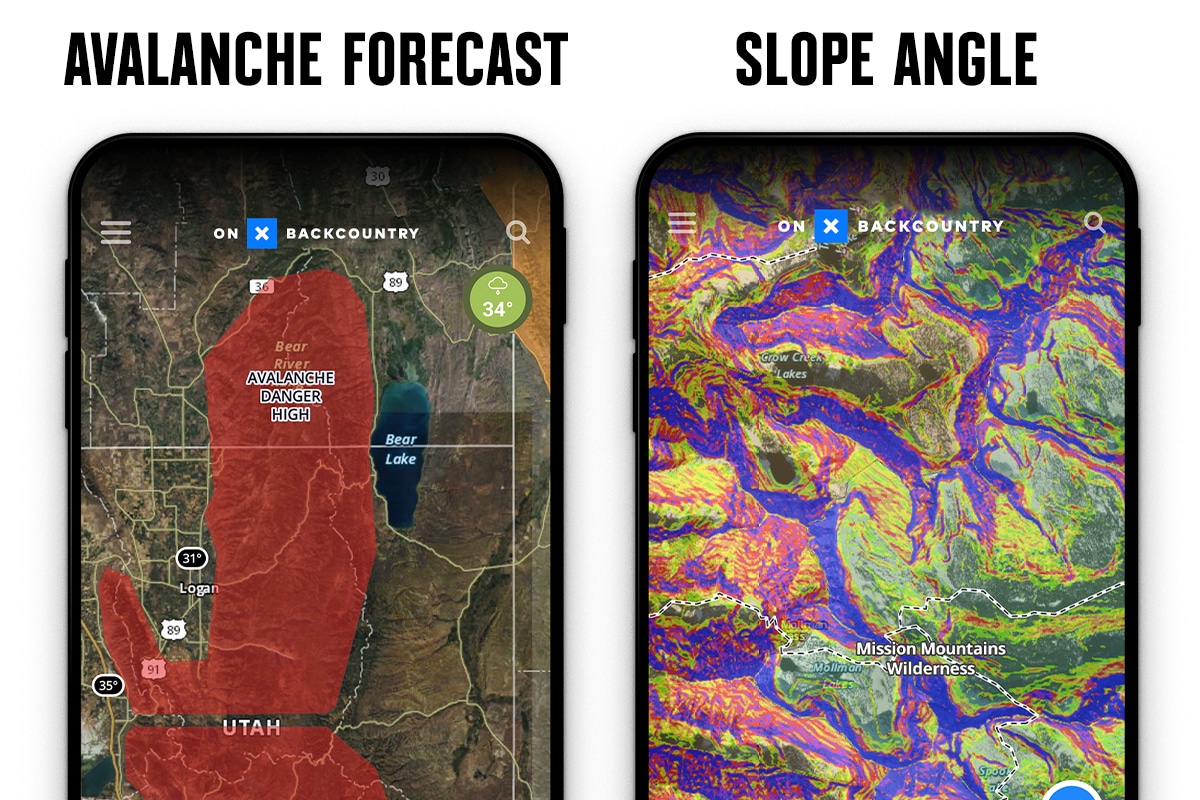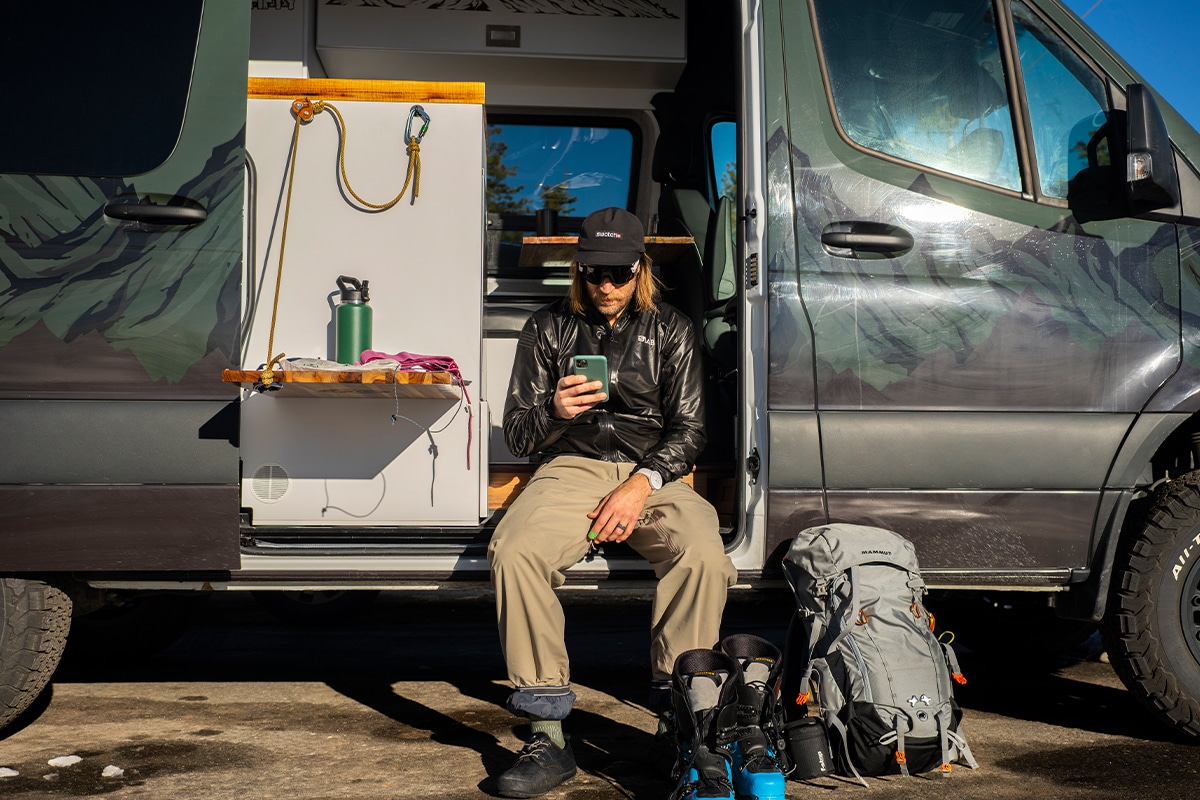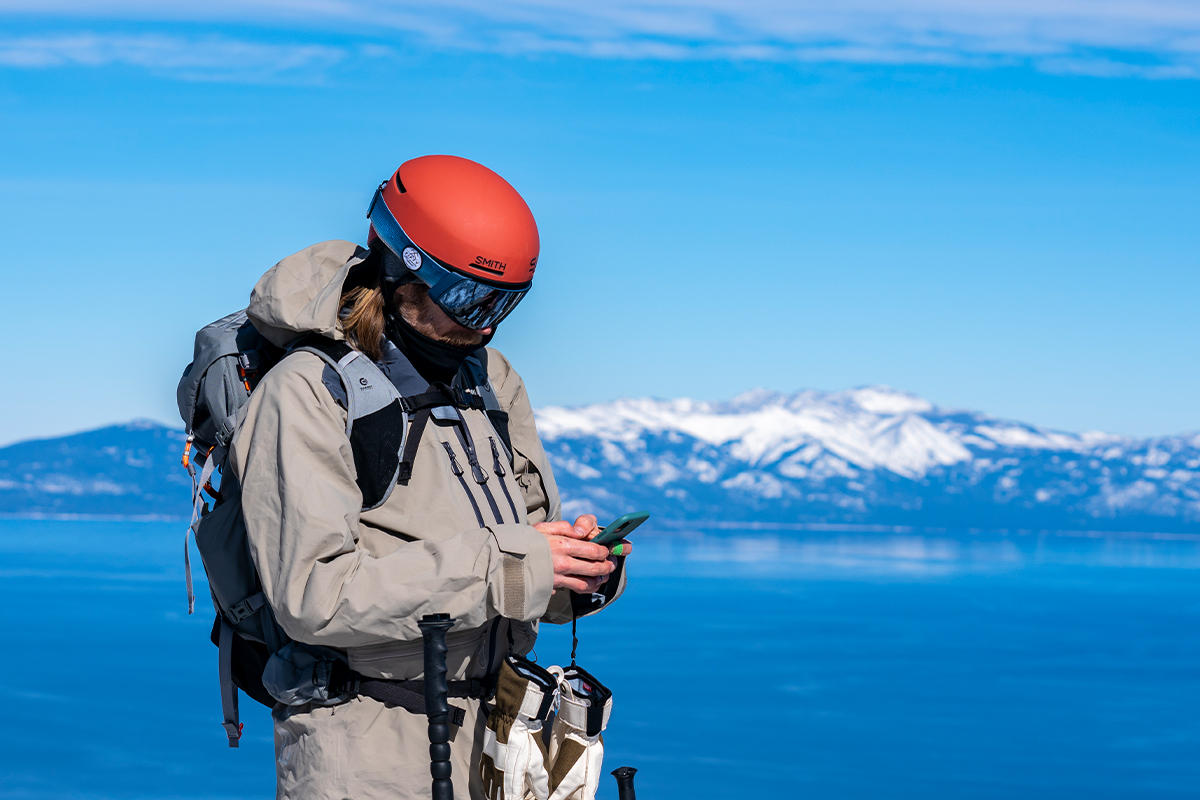Avalanche Terrain Management 101
On Tuesday, November 30, Cody Townsend of the Fifty Project and McKinley Talty of the Utah Avalanche Center’s Know Before You Go program presented on avalanche terrain management. This pillar of backcountry safety is something that these two seasoned veterans have years of experience negotiating.
The Premises
Know Before You Go is an industry-leading avalanche education program that highlights the need for uniformity around safety in the mountains.
It’s based on three premises:
- Get The Gear
- Get The Training
- Get The Forecast
These foundations aren’t guaranteed to keep you safe in the mountains, but to help equip you with the knowledge and tools you need to make better decisions. On December 26, 2003, a substantial avalanche released in Aspen Grove, Utah, and took the lives of three snowboarders. Born out of that tragedy, this program sets out to make avalanche awareness education more accessible.
People, Places, and Predicaments
In order for a human-triggered avalanche to occur, there need to be four variables present: humans, weather, snowpack, and terrain (elevation). As a backcountry recreationalist, you cannot control other humans, the weather, or snowpack—despite all the snowdances we’ve been doing lately. The only variable you can manipulate is how you navigate the terrain. And for the most part, this means staying out of terrain traps (gullys, trees, cliffs), making Plans A, B, C, and understanding slope angles. The variable that looms over all of those others is connectivity, which necessitates evaluating whether the slope you’re going to ski could trigger a slide to occur on an adjacent one.

One of the ways Talty maximizes his field knowledge is by using something called “test slopes.” They’re representative of the ski objective in cardinal direction and steepness, but without all of the exposure. As an example, say you’ll be skiing a SW-facing slope at roughly 32 degrees, if you’re able to find something similar on your approach that is only 10 feet tall, try to trigger it. You’re looking for a cracking and listening for a “whumpf” that both indicate the slope has failed. He goes on to share a few more tips such as, keeping your eyes up and always looking at the slope above you. Sending one person at a time through exposure allows for the mitigation of risk. Ski to a safe zone once you’ve skied your line—that’s out of the way of an avalanche path.
Avalanche Red Flags
- Recent Avalanches
- What aspect did it occur on?
- What elevation did it occur on?
- What slope angle did it occur on?
- Cracking and Collapsing
- Similar to the test slope exercise mentioned previously.
- Listen for the “whumpfing.”
- Wind Drifts
- Wind is the “architect for avalanches,” according to Talty.
- It determines where and when the snow will be located.
- Stay up to date with the latest wind and weather.
- Major Precipitation Events
- Whether that’s snow or rain, adding additional precipitation to the equation will impact overall stability.
- Rapid Warming
- More prevalent in the spring, but present throughout the season, wet avalanches can occur when temperatures rapidly increase.
- Additional caution must be taken on south-facing slopes.
- Look for “cinnamon rolls” or balls of snow rolling down the mountain as indicators.
How Cody Townsend Maps The Fifty Project

Cody is a jedi when it comes to maps. In the second portion of this presentation, he summarizes how he plans for lines he’s skied in The Fifty Project. From multiple backup plans to choosing the harder, but safer route, he demonstrates how you can plan for terrain with onX Backcountry. Things like avoiding dense timber, expediting approaches, and using ridgelines to your advantage are all things that can make a ski tour more Type 1 fun rather than 2 or, God forbid, 3.
All in all, sit down with some popcorn, a notepad, and a beverage to learn from these experts on how to maximize digital planning/mapping tools and in-field knowledge to get some powder turns and make it home for dinner. Make a plan, share it with friends and family on the homefront, and stick to good decisions. Don’t be afraid to turn around. Now the only thing left to do is to turn your pillow cases inside out, do some snow dances, and #PrayFor snow.
